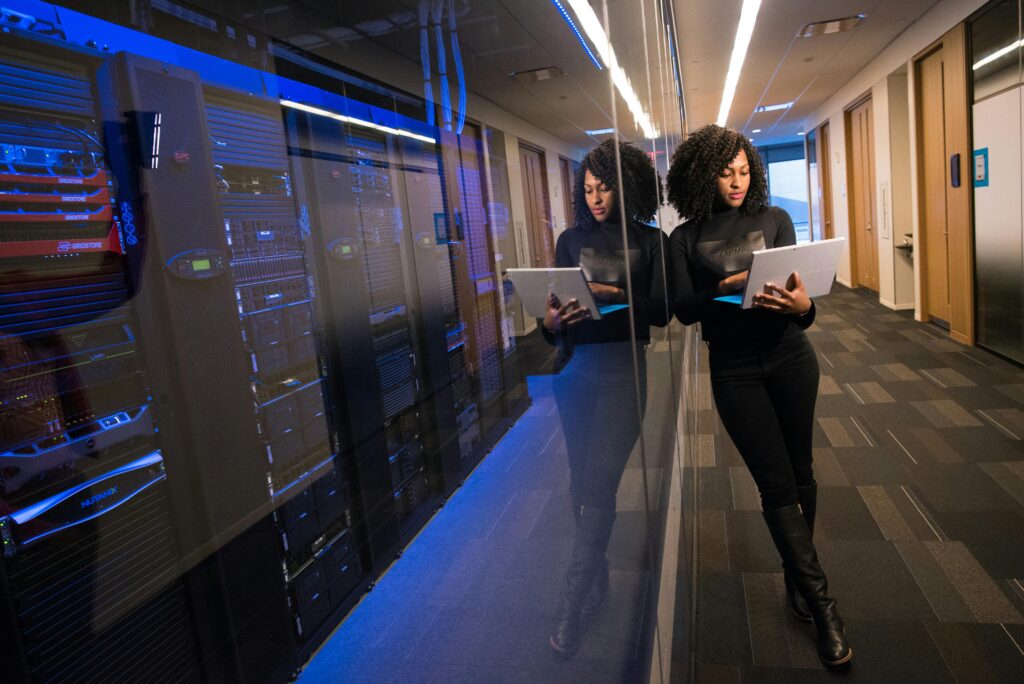In today’s digital landscape, your website isn’t just your online presence; it’s your business’s front-line defense against cyber threats. If you’re using WordPress (which powers over 40% of all websites), it’s critical to choose a secure WordPress design from the start.
💡 Why Website Security Starts with Design
Many businesses think security is something you “add later” like a plugin or firewall. But the truth is, your website’s security begins with the theme and structure you choose.
A poorly coded theme or outdated template can create vulnerabilities that hackers can easily exploit. That’s why choosing the right design is just as important as selecting the right hosting or plugins.

🛡️ 7 Steps to Choosing a Secure WordPress Design
1. Use Trusted, Reputable Theme Providers
Choose themes from well-known developers who regularly update their code and follow WordPress security standards.
Recommended sources:
- Astra
- GeneratePress
- Kadence
- ThemeForest (only from top-rated developers)
- WordPress.org official themes directory
Avoid free themes from unknown sources they may contain hidden malware or spammy code.
2. Check for Regular Updates
Outdated themes are one of the most common entry points for hackers. Before you choose a theme:
- Check the last update date
- Read user reviews
- Ensure it’s compatible with the latest WordPress version
A good rule: avoid any theme that hasn’t been updated in the last 6 months.
3. Go for Lightweight, Clean Code
Heavy themes with bloated features are not only slower; they can also introduce vulnerabilities.
Choose a design that:
- Loads fast
- Uses minimal scripts
- Is optimized for mobile
- Has accessibility and SEO best practices built in
Fast + clean = safer.
4. Use a Child Theme for Customization
If you plan to customize your theme, always use a child theme. This protects your custom changes from being overwritten by future updates and avoids breaking your site.
It also keeps your core theme files intact, important for maintaining security patches.
5. Avoid Nulled or Pirated Themes
These are “free” versions of paid themes, often with hidden malicious code. Using nulled themes:
- Compromises your site’s security
- Can get your site blacklisted by Google
- Offers no support or updates
It’s not worth the risk.
6. Pick Themes That Follow Security Best Practices
Check the developer’s site or documentation. Look for mentions of:
- Sanitized input/output
- Escaping data
- Proper user role management
- Support for secure login pages
You don’t need to be a coder to recognize good documentation and responsible development.
7. Work with a Security-Focused WordPress Developer
If you’re not sure which design is safest, consult a WordPress expert who prioritizes security.
At ITSols, we help businesses build WordPress websites that are not only visually appealing but also built on secure frameworks, with malware protection and best coding practices included.
🔍 Bonus: 5 Essential Security Plugins to Use After Design
Once your theme is in place, these plugins help add an extra layer of protection:
- Wordfence: Firewall and malware scanner
- iThemes Security: 30+ ways to harden WordPress
- Limit Login Attempts Reloaded: Prevent brute-force attacks
- Sucuri Security: Monitors file integrity & blacklists
- UpdraftPlus: Regular backups in case of hacks
📌 Final Thoughts: Design Smart, Stay Secure
A beautiful website means nothing if it’s vulnerable to attack. By choosing a secure WordPress design, you’re setting your business up for long-term protection and performance.
Want a secure WordPress site built by professionals who prioritize both design and defense?
✅ Work with ITSols Security-Focused Web Design Experts
We build WordPress websites that are:
- Secure
- Fast
- SEO-optimized
- Easy to manage
- Customized to your brand
👉 Request a Free Quote
📞 Or contact us at sales@itsols.com
